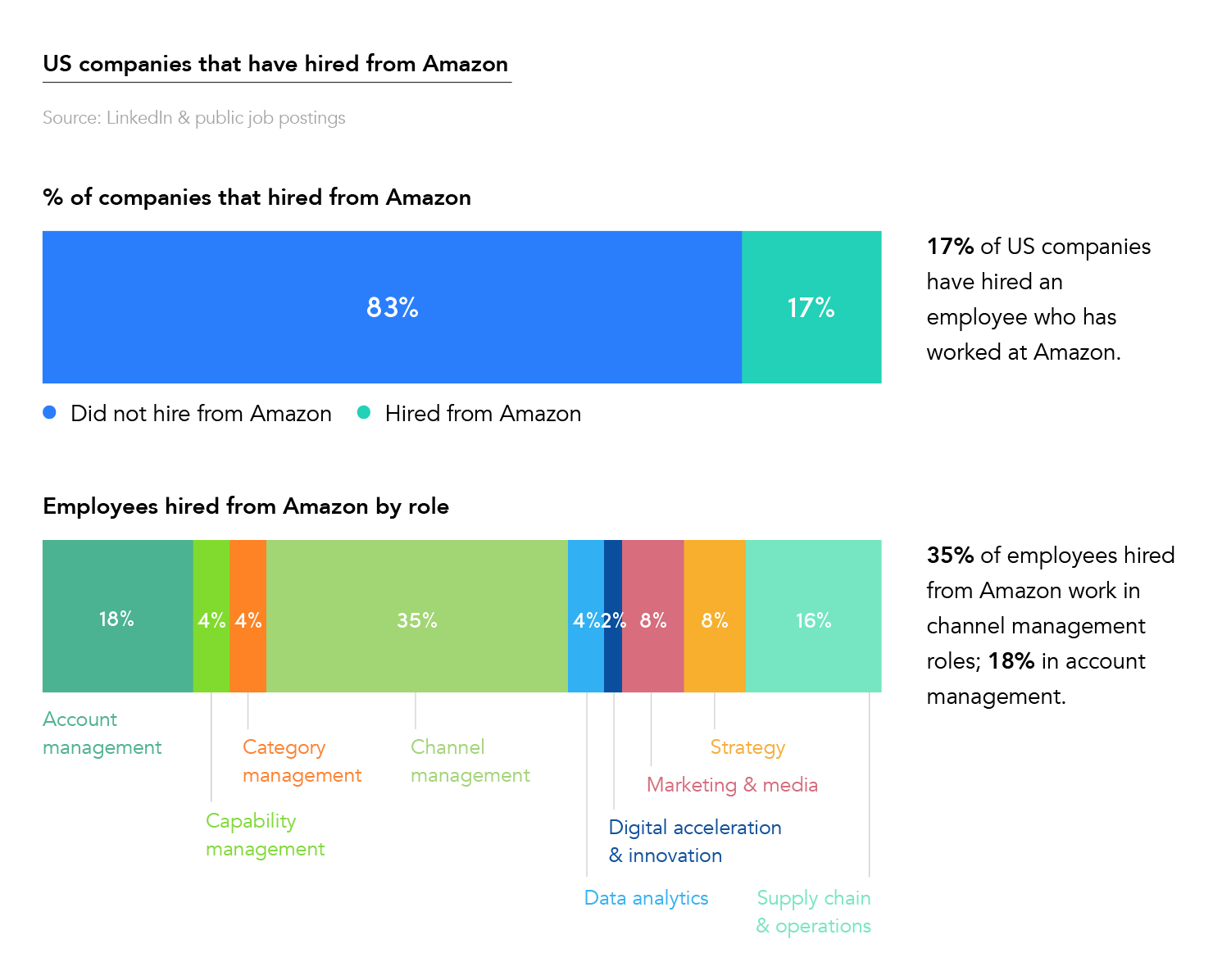

There’s been an incredible evolution in terms of eCommerce specialization and dedication in recent years. However, despite many advancements, the industry continues to grapple with questions about how to participate in and organize around eCommerce.
On nearly every executive’s mind are such burning questions as:
- How big is the typical eCommerce team?
- How is it structured globally?
- What activities are most critical to in-source versus outsource?
- How many people are out in the field?
- Where can I find experienced people to hire?
The good news is that most companies are still in the early innings when it comes to building out their eCommerce teams. Generally speaking, organizational and staffing issues remain a work in process and will continue to evolve over time as eCommerce grows and digital becomes more pervasive.
Adding eCommerce headcount
One of the biggest issues executives struggle with is determining headcount. Just how many people are necessary to successfully perform in the channel?
While there is no single universal and overarching answer to this question, Profitero has done some extensive research in this area—offering some guidelines by industry vertical, role and staff level.
Our data and recommendations are available in our latest guide—Building a High-Performance eCommerce Organization: How to resource and staff for eCommerce success—which you can download here.
Of course, the appropriate level of resources can actually vary widely depending on a number of factors, including:
- Short- and long-term performance objectives. For example, do you want to aggressively invest in a grab for share? Or contrarily, just enough to sustain share while prioritizing channel profitability?
- Customer and brand portfolio. Typically, the more retailers you intend to support and the larger your product catalog, the more resource-intensive staffing model required.
- Level of internal versus external resourcing. Outsourcing some functions can be a smart way of building up your eCommerce business at the onset, or even on an ongoing basis, rather than adding internal headcount.
But what about when you’re ready to ramp up your eCommerce team? Where do you even begin to search for the “right” people?
Hiring from retailers, especially Amazon
It’s not uncommon for suppliers to go directly to the expert—Amazon—when staffing eCommerce teams.
Based on Profitero’s proprietary research of LinkedIn professional profiles and job postings, we found that 17% of US companies have hired somebody from Amazon.
And why not? When there’s a key new retailer that you need to understand and accelerate your performance with, what better way to ramp up quickly than hire people that have experience at that retailer.
Diving a bit further, we looked at the data by role to understand the type of work these Amazon ex-pats are being hired in to do. We found that 35% of people hired away from Amazon work in a channel management role; 18% are in account management; and another good chunk, 16%, are in supply chain.

Winning the talent wars
Another eCommerce staffing challenge companies face is winning the talent wars.
It’s becoming clear that demand for experienced eCommerce talent outstrips supply in today’s marketplace. Exacerbating matters is a well-networked industry, which enables competitors to easily identify and attempt to poach your best people.
We suggest organizations consider and deploy the following hiring and staff retention initiatives:
- Position eCommerce as a sought-after career progression track for internal candidates.
- Use long-term compensation incentives to encourage loyalty.
- Allow for “positive redundancy” in key areas to limit disruption if a sole contributor leaves the team.
- Ask strong candidates for referrals and recommendations. High-performing teams often travel together.
- Go to eCommerce conferences and recruit from other companies.
To learn more, download Building a High-Performance eCommerce Organization: How to resource and staff for eCommerce success.


























